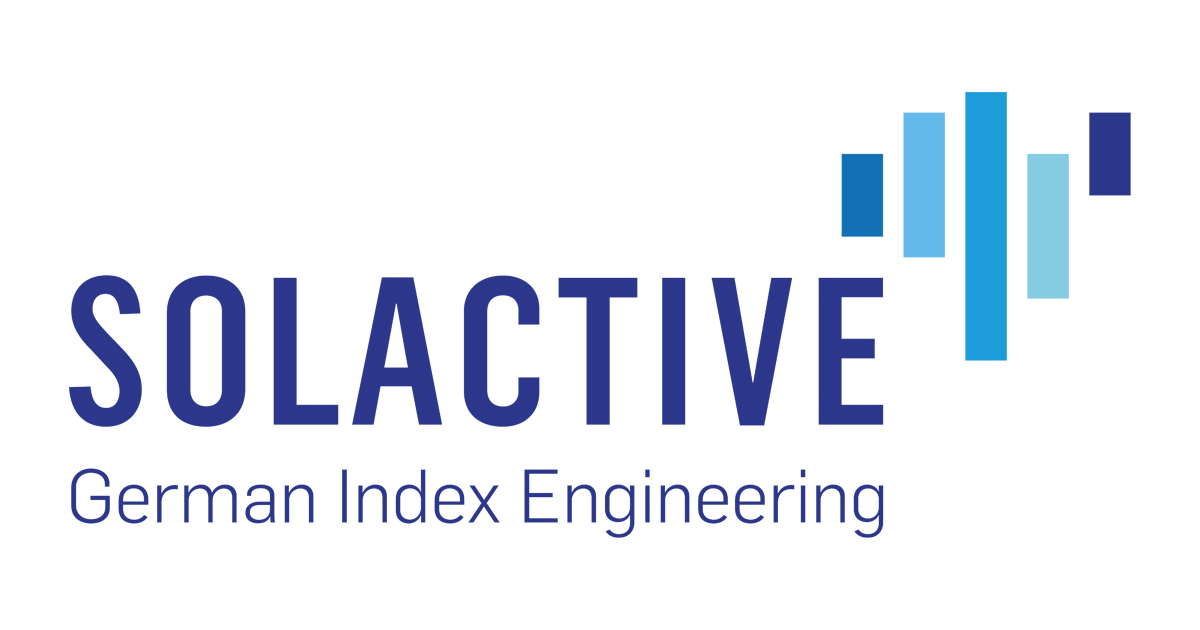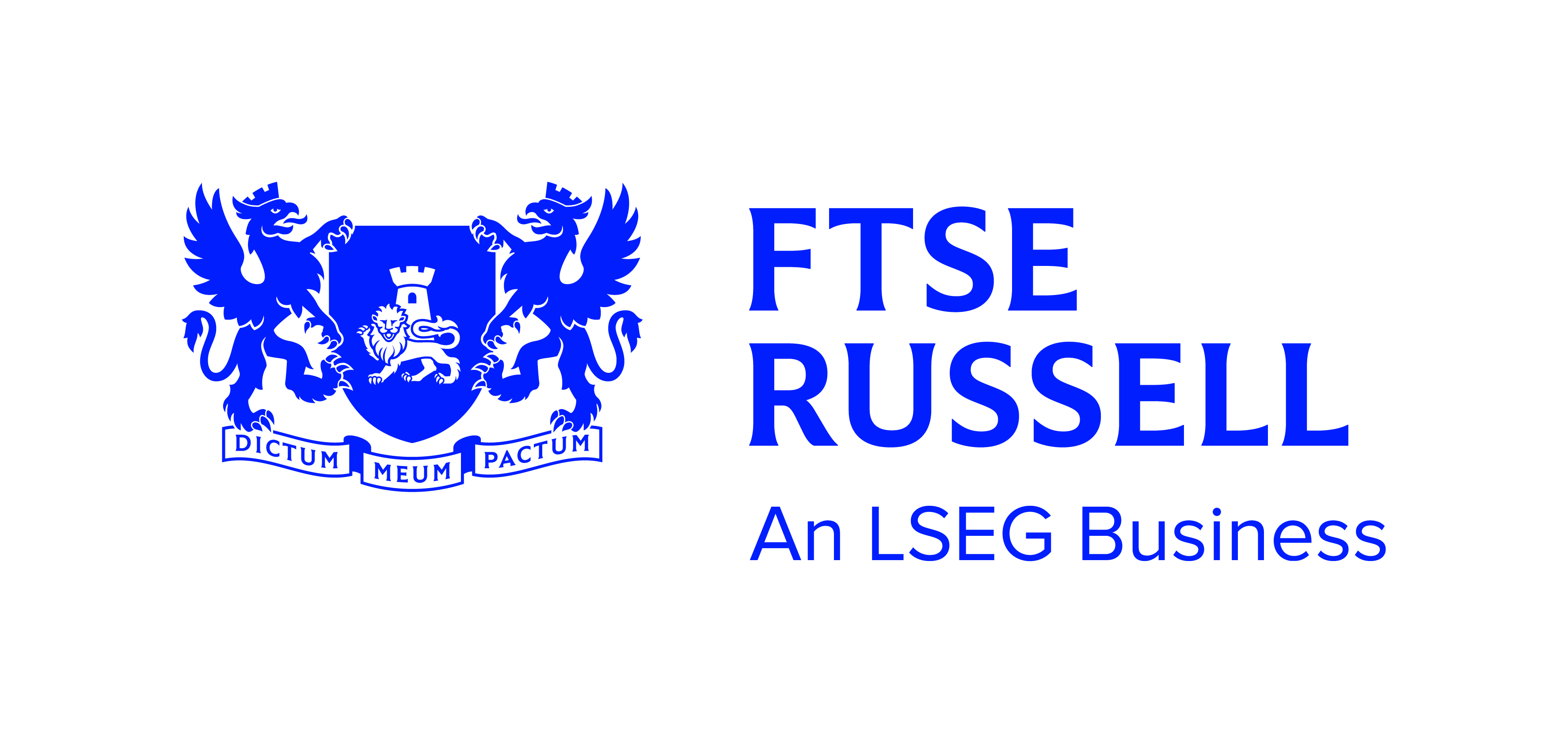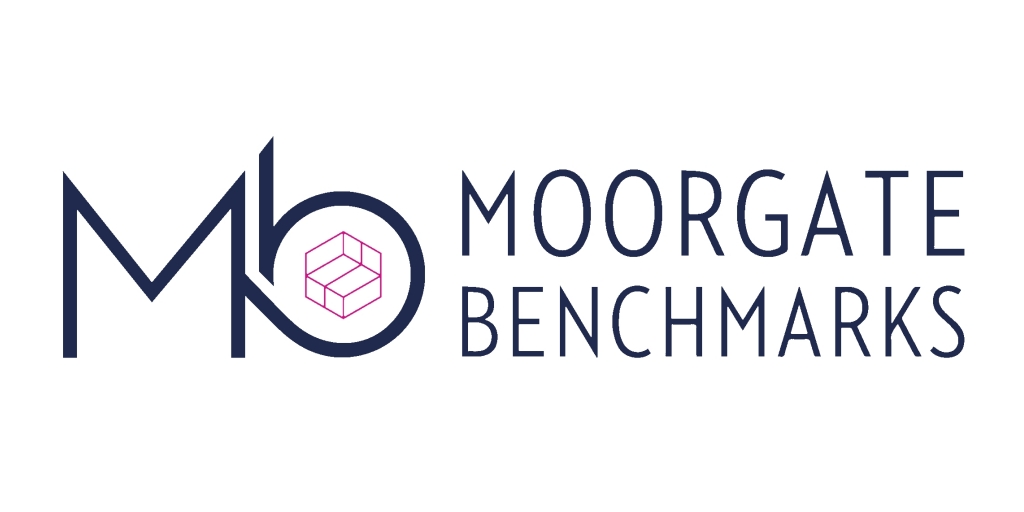The dominance of Europe’s largest index providers is keeping costs higher for ETF issuers while the lack of focus on product innovation is leaving them ripe for disruption.
Last month, Amundi threw down the gauntlet to its rivals with the launch of Europe's cheapestemerging market ETF, the Amundi Prime Emerging Markets UCITS ETF (PRAM), with a total expense ratio of 0.10%, beating its competitors by two basis points.
Fees are an area of constant attention for investors as the cheapest ETF available in a particular category can be a strategic way to lure in investors. However, there is increasing concern market dominance of the largest index providers is stifling innovation and keeping fees from declining.
The three largest index providers in Europe – MSCI, FTSE Russell and S&P Dow Jones Indices –account for more than 80% of passive equity fund assets, according to data from Morningstar. While MSCI alone has a 47% share across the continent.
Tobias Sproehnle, CEO of the indexing specialist Moorgate Benchmarks, said too much of the focus from the leading index providers is placed on refining their business model as opposed to product innovation in a bid to lower the cost for the end investor.
“A lot of the index providers focus their creativity and funding on refining the business model. There is a not to be named European index provider which now has 13 different commercial models,” he said.
“We had a look at what ETF issuers charge their customers, and compared it to what index providers charge ETF issuers and there was a clear trend. The fees for ETFs have gone down and the fees index providers are charging stayed relatively stable.”
Ripe for disruption
Highlighting how much room there is for price disruption, MSCI’s adjusted operating margin for its index business stood at 75.8% in the six months to the end of June 2021, raking in $453m.
The average ongoing charges for equity ETFs in Europe fell from 0.39% in 2013 to 0.25% in 2020, according to research by JP Morgan, but have so far this year experienced a slight uptick to 0.26%.
Timo Pfeiffer chief markets officer at Solactive – the firm that helped Amundi bring its ETF to the market – argued cost pressure is currently not an issue for the small island of index providers but it will eventually bite.
“Those three businesses do not just enjoy a combined 80% market share. They are also run at highly profitable operating margins so if we think about where we can disrupt it has to be price,” he said.
Pfeiffer added the firm’s ability to offer a flat fee model was one such way to disrupt the market and anticipated such disruption would bring the market share of the largest index providers down from 80% to 50% over the next three to five years.
Sproehnle is also adamant disruption will come over the next “two to three years” as disrupters continue to develop more flexible product offerings.
Technology will play a major role in this as younger generations will not be looking for an off-the-shelf investment product and will instead want mass customisation when selecting their investments.
“If I look at my 10-year-old son, in the future he would like to swipe left or right to get exposure to North American equity for example,” he said. “We have worked for and worked with all of these big providers but none of them have the technology to address that.”
Are fees really reversing?
Average fees may have ticked higher over 2021 but Pfeiffer said it is not a historical reverse to the trend and, despite the dominance of the Big Three, ETFs fees will continue on a downward trajectory as the smaller players continue to disrupt the market.
While this is evident in the core equity market, it can also be seen in the ESG space, which he said has contributed most to the average increases in fees this year.
This trend could already be underway. Last week, DWS added an ESG filter to six of its ETFs and cut fees on a further five – some by as much as half – as it continued to green up its range.
As part of the change, DWS switched index provider from FTSE Russell to MSCI for one of its ETFs – the Xtrackers Russell Midcap UCITS ETF (XRSM) changed to the Xtrackers MSCI USA ESG Screened UCITS ETF – slashing the TER from 0.35% to 0.07% in the process.
Lyxor also cut feesto single basis points when it switched the £600m Lyxor MSCI USA UCITS ETF (USAL) to the Lyxor MSCI USA ESG UCITS ETF from 0.25% to 0.09%.
In addition, MSCI noted in its H1 2021 earnings that the growth in its asset-based fees was “partially offset by a decline in average basis point fees on those assets under management”.
Pfeiffer added: “This is not at all a reversal of the trend because for core ETFs there is only one way to go for fees and that is further down.”
FTSE Russell, MSCI and SPDJI declined to comment.












